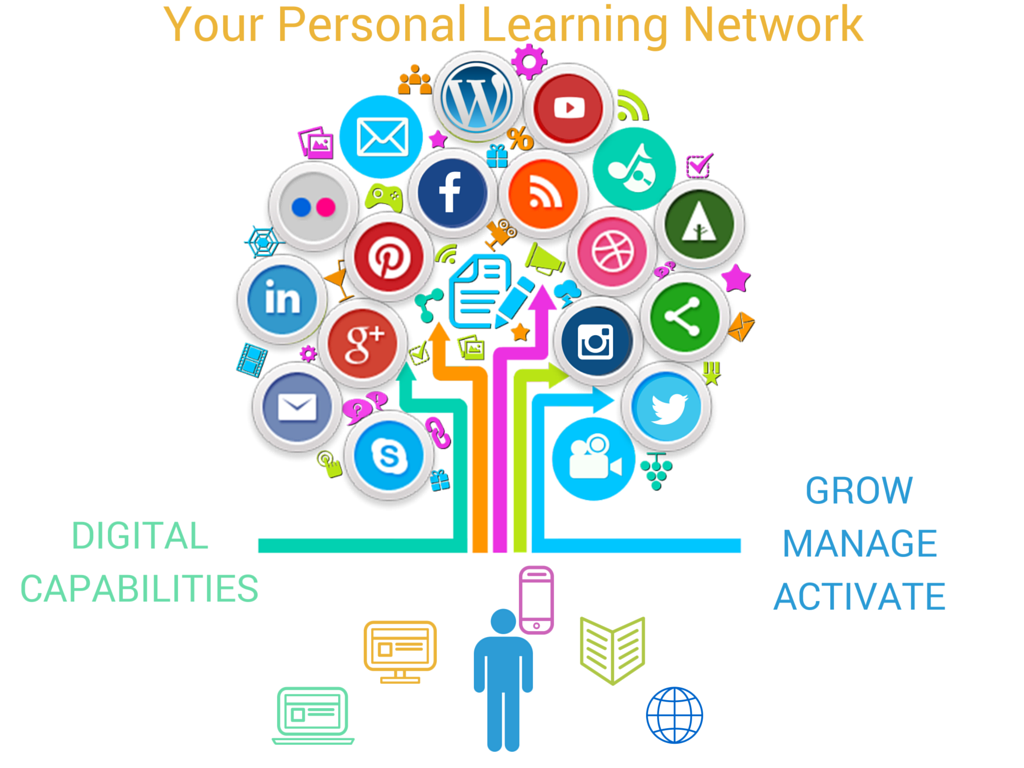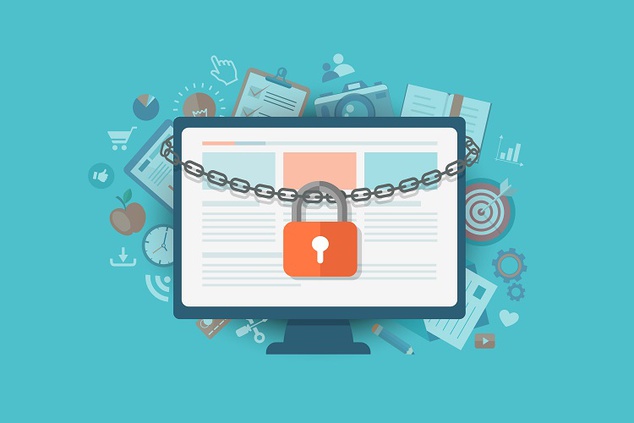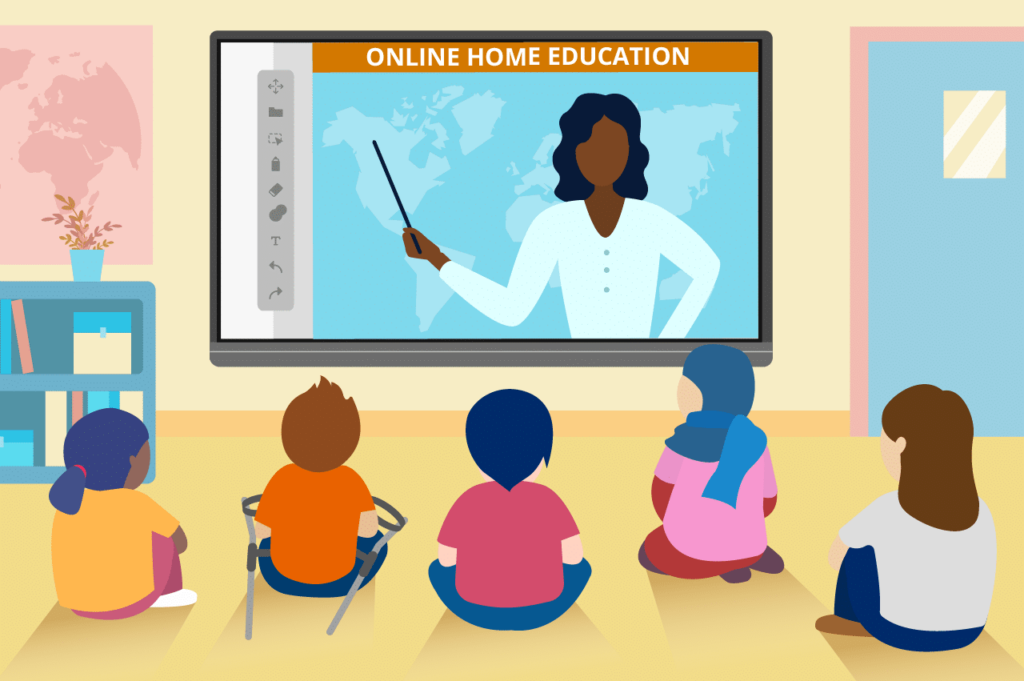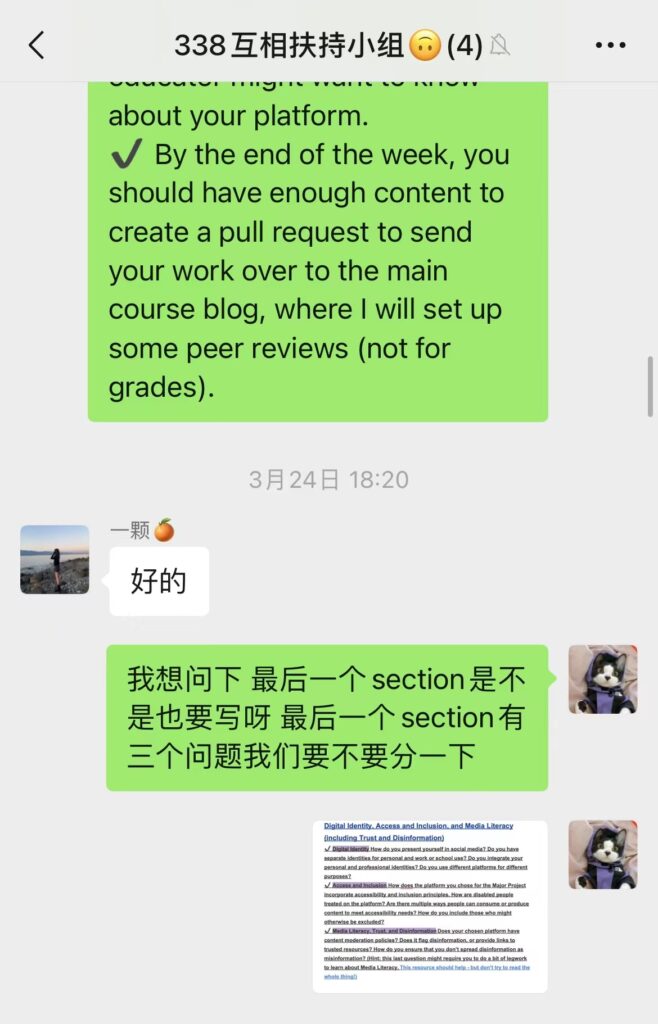Practice digital, networked, and open literacies in support of learning about social media and personalized learning & Examine the application of social media to support learning
I learned about Personal Learning Network (PLN), based on the video What is a Personal Learning Network (PLN)? I learned that PLN is an informal learning network in which learners interact with another person in a personal learning environment to gain knowledge. Due to the popularity of the internet nowadays, there are many social networking applications that have become a platform to provide PLNs. In Grow Your Personal Learning Network, Warlick mentions that “There are three main types of PLNs, which are personally maintained synchronous connections, Personally and socially maintained semisynchronous connections, and Dynamically maintained asynchronous connections. “ Yifei in her first Wow and Wonder Post mentioned that she is afraid that her privacy will be leaked on the online platform. I have the same concerns as Yifei. People who choose to create their PLNs on the internet need to pay extra attention to their privacy issues. But creating a PLN is not only limited to the internet, creating a connection with librarians is also a good option.

Explain personalized learning and its relation to learning theory
I learned about connectivism, which was introduced by George Siemens in 2004. Connectivism is a learning theory for the network age, which was proposed by the digital, informational and networked characteristics of modern society. In Connectivism: A Learning Theory for the Digital Age, Siemens mentions the limitations of the three traditional theories of learning (behaviorism, cognitivism, and constructivism). Learning theory focuses on the actual process of learning rather than the value of what is being learned. In a networked world, the ways in which people access information are themselves worth exploring. Network forming in connectivism theory has emerged as a new model for interpreting knowledge and learning. In Connectivism: Learning as Network-Creation, while emphasizing the relationship between the individual learner and the content of learning, Siemens also believes that society, community, and peers have a significant role to play in learning. He also believes that his perspective has significant implications for education (especially higher education), and corporate training. When the act of learning is seen as a learner-controlled activity, educators need to shift their focus to fostering the ideal system to facilitate learning.
Explain personalized learning and its relation to learning theory
I learned about what a Visitors and Residents map is, and tried to make my own map. In Visitors and Residents: A new typology for online engagement, the meaning of Visitors and Residents is introduced, “the Visitors and Residents continuum accounts for people behaving in different ways when using technology, depending on their motivation and context, without categorising them according to age or background.” Another point I learned is digital privacy. In the age of the Internet, there are many different learning platforms, and people need to prevent their privacy from being compromised while learning. There is a growing body of legislation to prevent privacy breaches and misuse of the Internet. The Canadian federal government has announced the core of two important policies that are designed to protect Canadians from controlling their own personal information in the digital age (From Ottawa takes steps to protect privacy: Canadians to be given control of personal information in digital age: [Final Edition], by Jennifer Ditchburn).

Recognize that the Internet is not a neutral or equal space for everyone
I learned about Inclusive Education. In a blog post named What is Inclusive Education, the author mentioned that inclusive education means that all students participate in and are welcomed into the schools in their communities, that they learn in an age-appropriate regular curriculum, and that they are supported in all aspects of learning, contributing and participating in school life. I read another interesting blog that I would like to share with you: Tips on Creating an Inclusive School and Why It Matters. Inclusive education aims to eliminate social exclusion in education due to differences in race, religion, social status, gender, ability, etc.

Recognize data ownership and licensing (Creative Commons, Copyright, Fair Dealing, and Public Domain) as a core practice when creating, sharing, or using resources online
I learned what is Amplified Propaganda. In It’s Not Misinformation. It’s Amplified Propaganda, DiResta said that “Far from being merely a target, the public has become an active participant in creating and selectively amplifying narratives that shape realities”. My understanding of this statement is that Internet users are not only the recipients of the news, but also unknowingly become a part of spreading the news, and this transmission power has affected the society. The Internet era is the era of information explosion. The communication power of information is, on the one hand, the ability of information to reach the target audience and be understood and accepted by the target audience, and on the other hand, information is the ability of the target audience to believe in its content or be persuaded by the viewpoint of the information.

Recognize data ownership and licensing (Creative Commons, Copyright, Fair Dealing, and Public Domain) as a core practice when creating, sharing, or using resources online
In week 8, this was the most shocking week for me when the Screening Surveillance is mentioned. I was shocked that TurnItIn was “spying” on our screens. As I mentioned in Wow and Wonder 6, I had no idea that using TurnItIn could potentially infringe on someone else’s copyright, and that my own writing could be leaked. Through this week’s study, I was also reminded of the major project we did in Learning Pods about a platform called Zenly, which uses users’ location and phone battery information. In the process of using this software, the private information is taken in by this French company. I’m not sure if the users of this application are always “under surveillance”. Nancy also questioned in her blog, saying “is whether this excessive surveillance system violates people’s privacy?” I have a positive answer to this question, but I find this situation difficult to resolve. I think it’s permissible to record people’s privacy when necessary, but it’s important to make sure it’s not leaked to the public or used in other ways. I found an article about mobile apps for parental control.
Children felt that the apps were overly restrictive and invasive of their personal privacy, negatively impacting their relationships with their parents.
Ghosh, Badillo-Urquiola, Guha, LaViola Jr & Wisniewski. (2018). Safety vs. Surveillance.
Apply social media to develop a personal learning network in support of your personal and/or professional development
I went back to thinking about my PLN. I created a learning network with my Learning Pod Partners in the EDCI338 and interacted with Colin, who I think is part of my network, and the owners of the blogs I commented on, and we all interacted. I’m not sure if my friend is part of the network because she didn’t participate in the class, but she commented on my blog, which was very enlightening and I think I learned a lot from her comments. Couros in Developing Personal Learning Networks for Open and Social Learning mentions that the Department of Education at the University of Regina offered an open graduate educational technology course. At the end of the semester, non-enrolled learners outnumbered enrolled learners 10 to 1 as a larger educational community formed around the course. I think this is the most striking feature of PLNs, because each learner’s network is different, and they spread their network to others, and others will circulate their PLNs again when they are interested in the subject, leading to a larger and larger network as a whole, which attracts the interest of the participants and inspires them.

Identify privacy issues and practice online behaviours that are legal, safe, consensual, and ethical
I was reminded of the seriousness of the problem of online harassment when Jody Vance was harassed by one of his listeners via email. She called on the government and big companies to address the problem of online harassment against journalists. Online harassment is really creepy. I experienced a similar incident when one of my online game friends, who followed my accounts on different platforms through my cell phone number (some of which I didn’t want him to know about), commented on every single one of my posts, and it really creeped me out! The following article is about how online software can detect harassing messages.
Online Harassment is the process of sending messages for example in Social Networks to cause psychological harm to a victim. In this paper, we propose a pattern-based approach to detect such messages.
Bretschneider and Wöhner. (2014). Detecting Online Harassment in Social Networks.